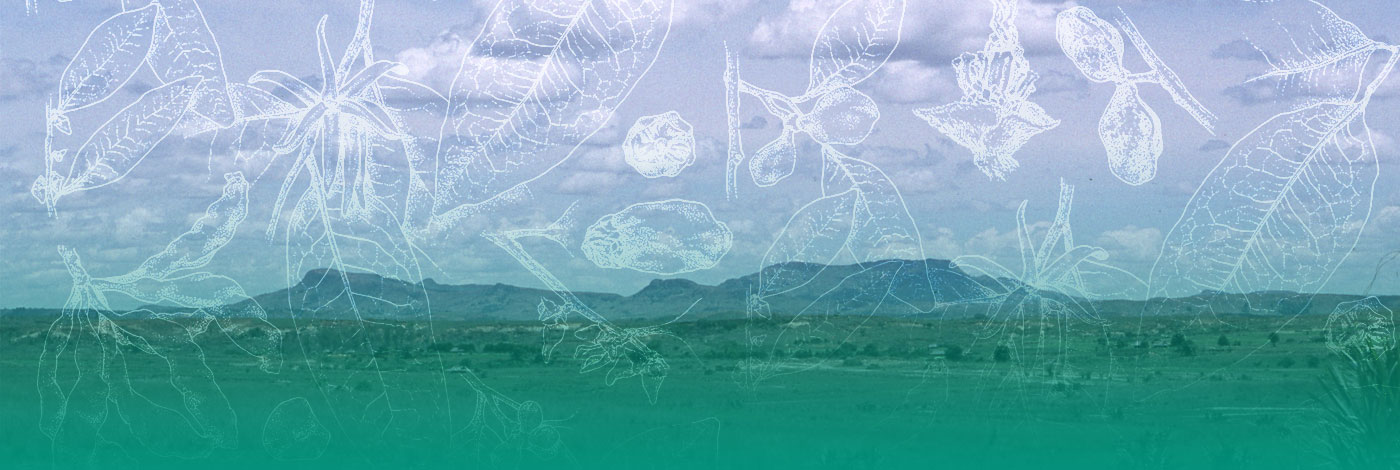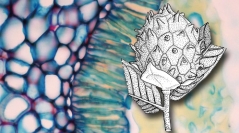

 Adansonia
39 (2) - Pages 111-123
Adansonia
39 (2) - Pages 111-123Floral anatomy of the monotypic Gabonese genus Pseudartabotrys Pellegrin was studied, in order to get a better understanding of the origin of pseudosyncarpy and its morphological context. Receptacle vasculature is moderately advanced with a partial perianth cortical vascular system, however much less developed than that of Annona L. Anther histology is complex, with a thick hypodermal sclerenchyma on the abaxial side, reminiscent of that previously recognized in Uvaria scabrida Oliver, whose fruit resembles a pseudosyncarp. Gynoecial anthotaxy, 1 (2)-ovulate carpels and an outer compitum foreshadow the pseudosyncarpous fruit. Androecial and gynoecial vasculatures are free and both trimerous and pentamerous, following the likely basal condition in Magnoliales. A new kind of food body for the Annonaceae, found at the adaxial concave base of the inner petals, epidermal in origin with a lipidic spongy frame and showing no direct connection with venation, is briefly described. We emphasized the significance of classical approaches in the study of endemic and possibly endangered taxa, which are often revealed to be critical in the understanding of biological evolution, both by the primary data obtained and by the field and experimental researches they further suggest, in comparison with more widely distributed taxa.
Annonaceae, cortical vascular system, Duguetia clade, floral anatomy, food bodies, pseudosyncarpy